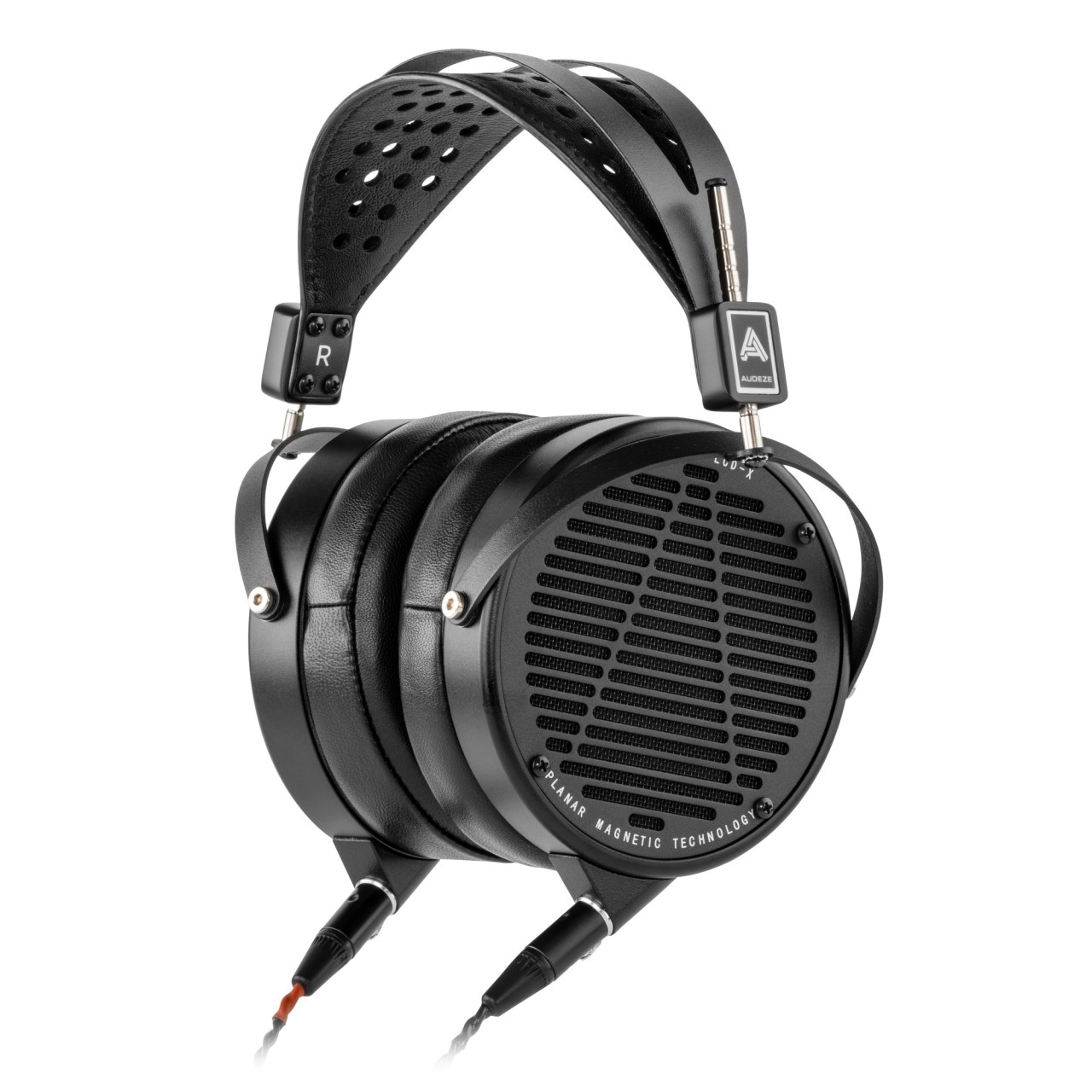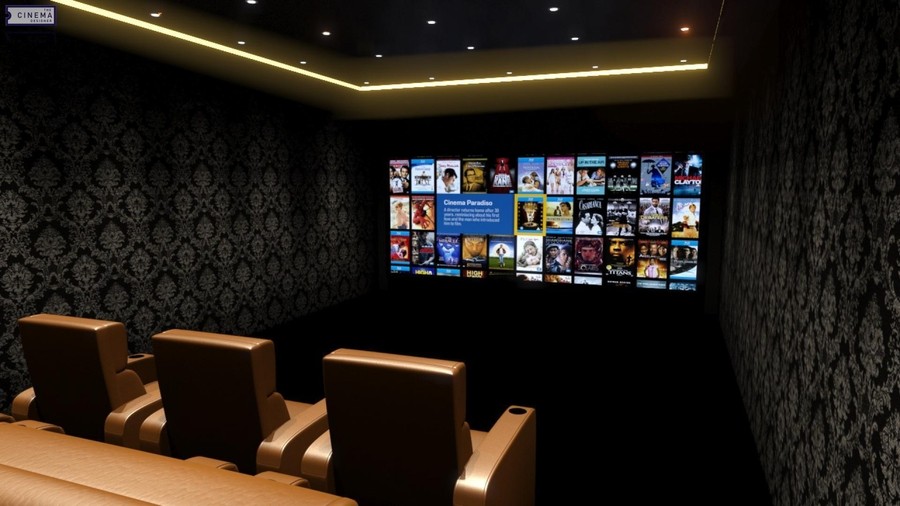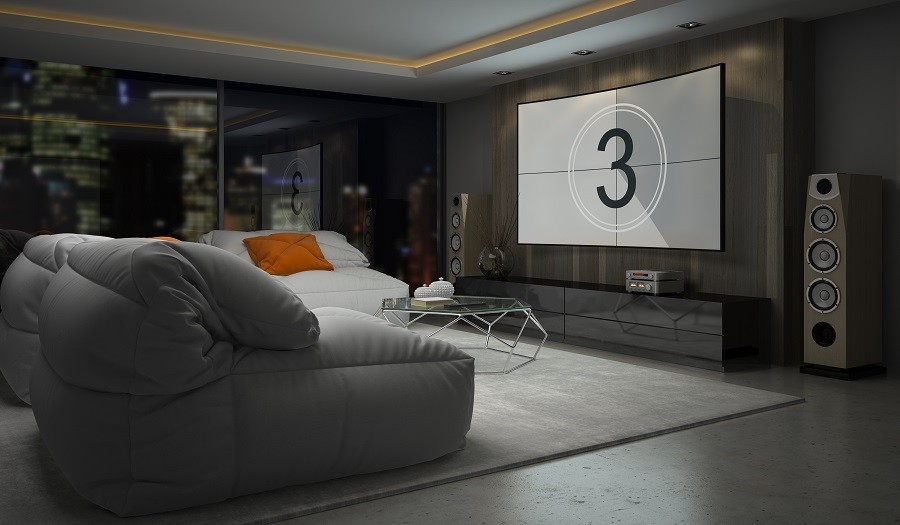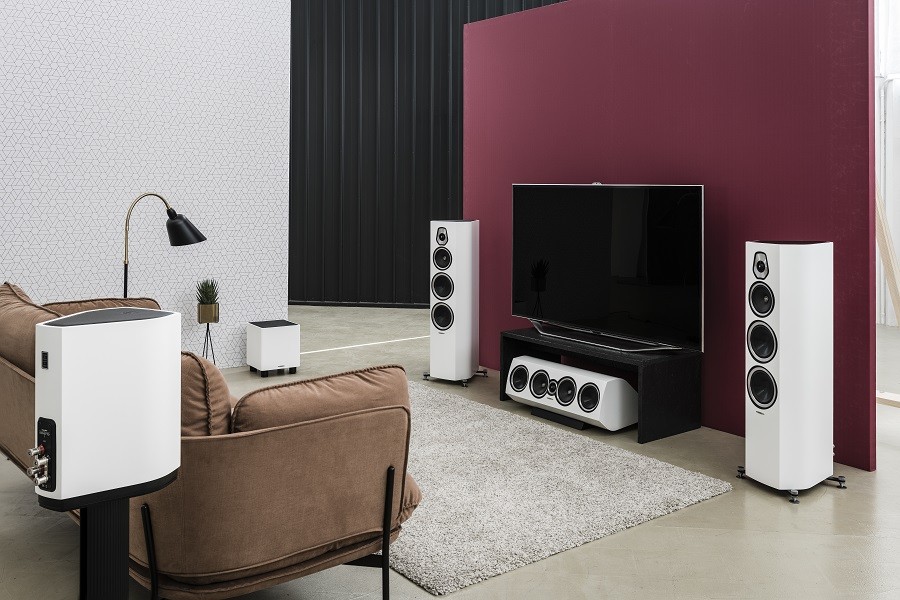Audeze LCD-X/LCD-XC
Cherished by music lovers, music producers, and mastering engineers, the LCD-X (pictured above) is Audeze’s most popular headphone. In fact, you can find the LCD-X and other high-end headphones from Audeze in some of the world’s most prestigious production houses!
These over-ear, open-back and closed back headphones feature Planar Magnetic drivers that reproduce the most intimate musical details with microscopic clarity. Experience pinpoint imaging, an impressive sense of space, and excellent transient response—allowing you to hear every recording as the creators intended.
And if you still need convincing that headphones are a fair competitor with stereo loudspeakers, consider this review by The Absolute Sound: “It is my opinion that the LCD-X can compete with all of the very best high-end loudspeakers.”
You can find both the open back and closed back models on display at our showroom.
Audeze LCD-2






